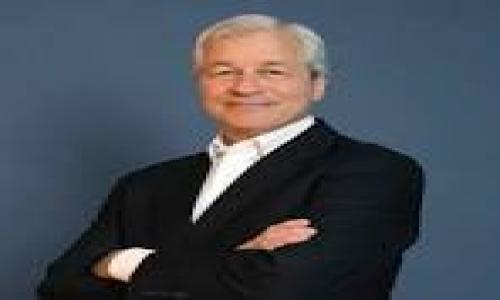With the European debt crisis once again darkening the horizon, U.S. Treasury rates set new historical lows in late July, with the 10 year yield reaching 1.40% and the 30 year yield breaking through the 2.5% resistance level to reach a yield of 2.46%. As startling as these yield levels are, some analysts believe that these can and will go much lower with predictions of 1.15-1.20% yields for the 10 year and 2% yields for the 30 year being issued.[1] The basis for these predictions in the short and midterm revolve around several challenges facing the market, including the ongoing fiscal crisis in Europe, the economic slowdown in China and the fiscal cliff of automatic spending cuts due to be implemented at the end of 2012. Of even greater concern is the long term effect of what is being termed as the “debt overhang” or the negative impact of the 90% debt to GDP ratio the United States has accrued. According to a new study released by the National Bureau of Economic Research (NBER), nations that have had similarly high debt to GDP ratios experienced periods of stagnation and low economic growth that lasted, on average, over twenty years. The detrimental effects of such a high level of debt does not seem to be mitigated by a low interest rate environment, like the one the U.S. is experiencing now, as the growth reducing effects of high public debt are not exclusive to high interest rates. According to the report, “the scope and magnitude of the debt overhang, including public, private, domestic and external facing the advanced economies as a group is in many dimensions without precedent.”[2] Given this study’s findings it is difficult to argue against the position that interest rates, already at their lowest points in this country’s history, can and will go even lower, perhaps significantly lower.
This is not to say that there won’t be short term upside volatility of domestic interest rates. Indeed, shortly after yields hit their new lows announcements from European political and monetary officials indicating a willingness to take more drastic steps to bring the debt crisis under control sent Treasury yields up to their highest levels in months, with the 10 year reaching 1.55% and the 30 year 2.63%. European Central Bank President Mario Draghi is said to be considering various options including making purchases of sovereign bonds as part of another long term financing operation. German Chancellor Angela Merkel and French President Francois Hollande issued a joint statement indicating they were determined to do “everything possible to protect the eurozone.” Analysts remain skeptical as once again no specifics were outlined in detail and no concrete commitments were made; the issuance of statements without substance has become the staple of European officials throughout the crisis, and without actual action the jump in yields is not expected to endure as future flights to quality resulting once again in lower Treasury yields are still widely predicted.[3]
The level of domestic interest rates may become a moot point to many, however, as due to tighter credit standards those who would benefit most from lower rates, like homeowners looking to refinance their mortgages, simply cannot gain access to them. Still, demand to refinance mortgages reached their highest levels in more than three years in the United States and the 30 year fixed rate dropped to a record low 3.52%. Clearly those borrowers able to qualify for these rates will benefit greatly from them, with the open question being the depth of the pool of such qualified borrowers that remain.[4]













Add your Comment
use your Google account
or use your BestCashCow account